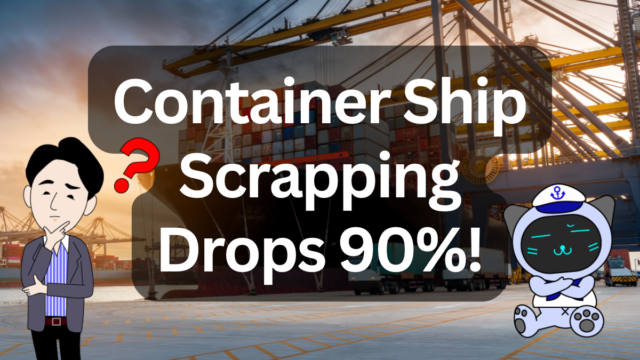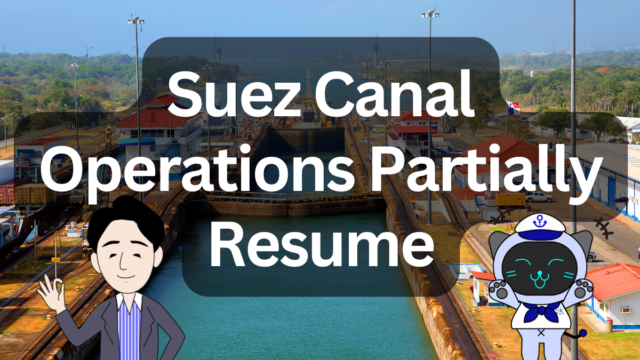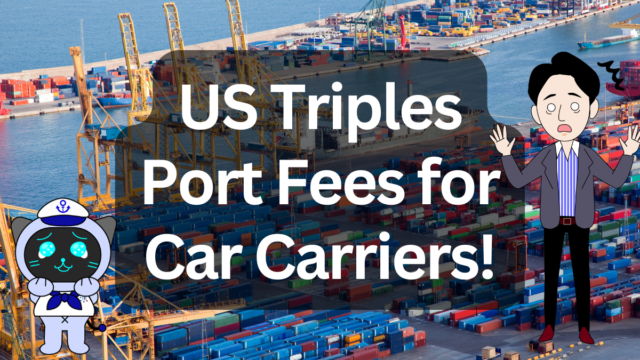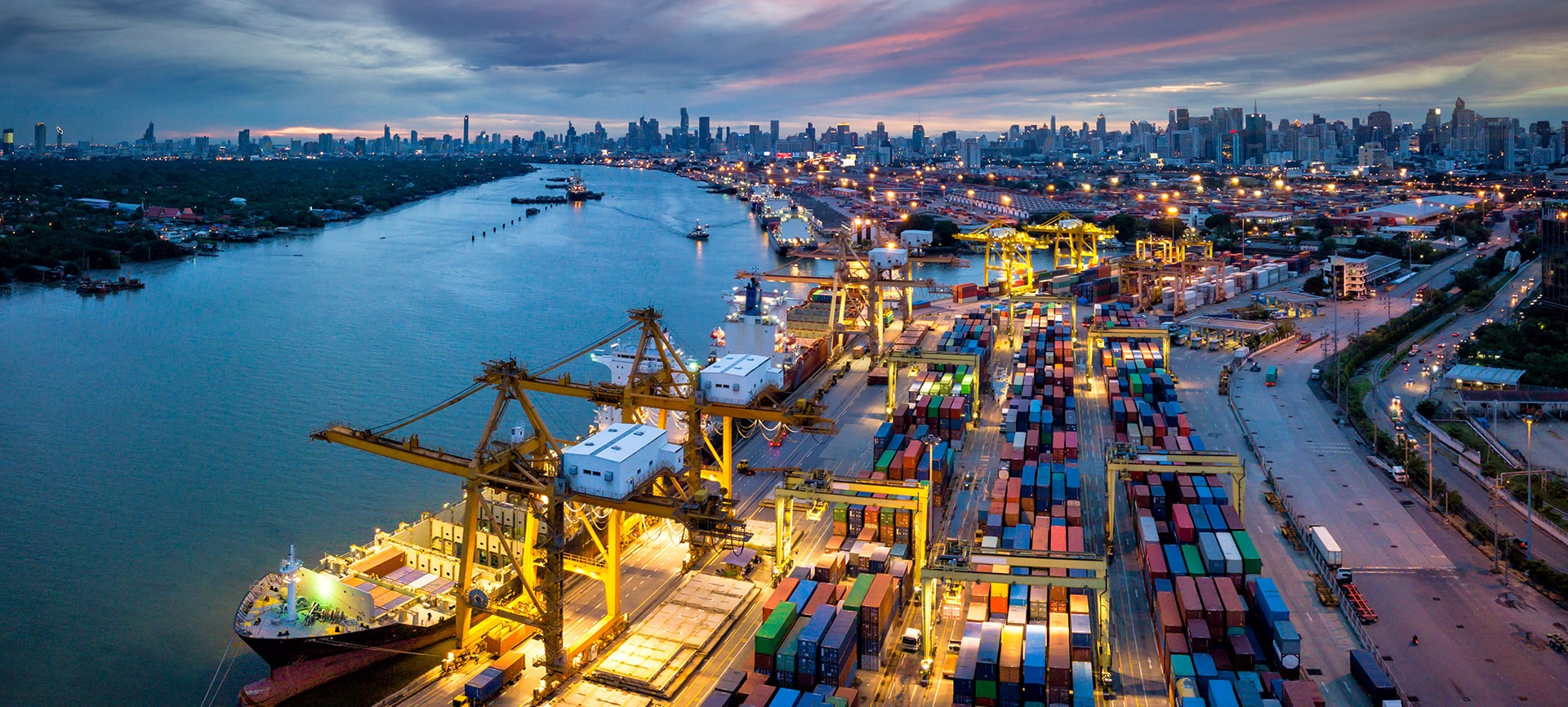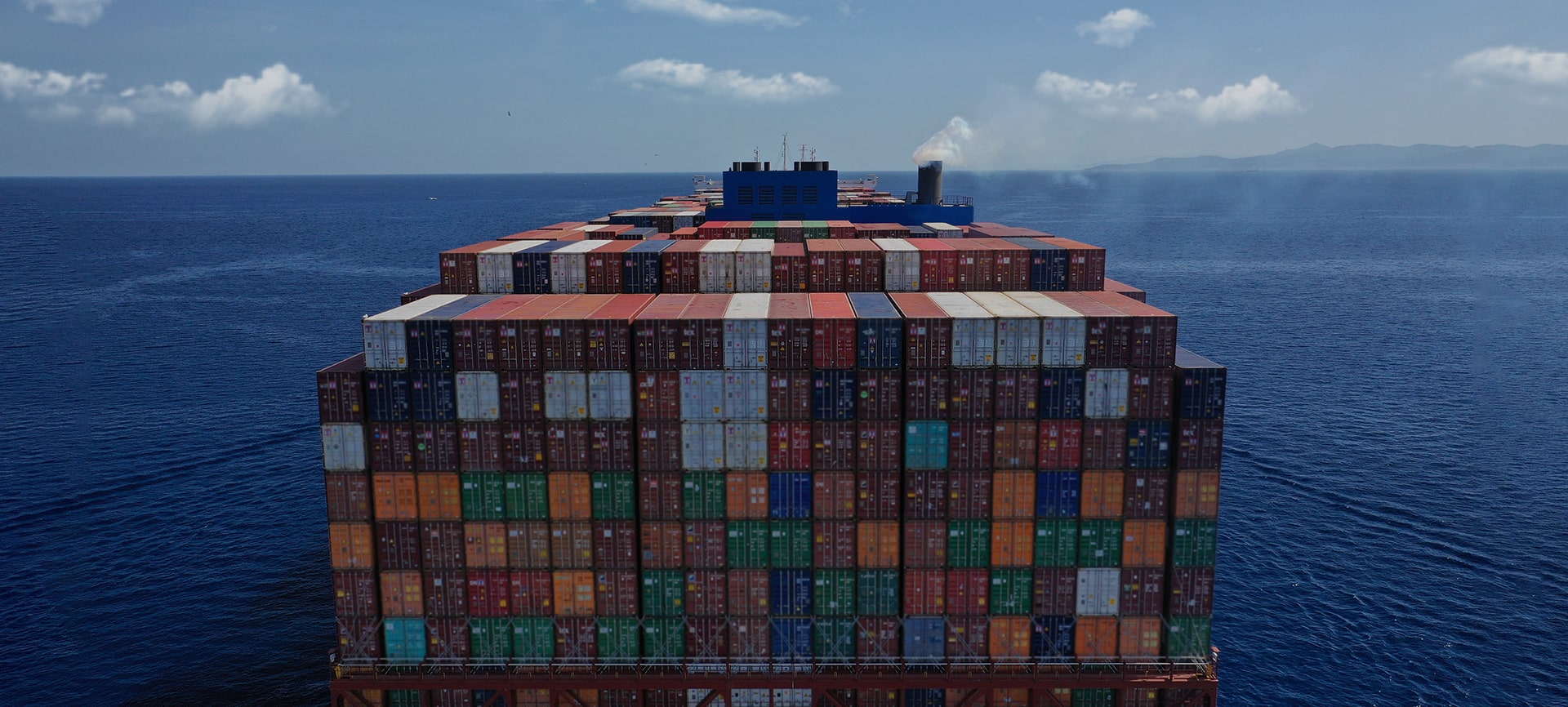Posted on: July 24, 2025 / Last updated: July 24, 2025
US-Japan Tariff Agreement Reached at 15% – What It Means for Auto Logistics
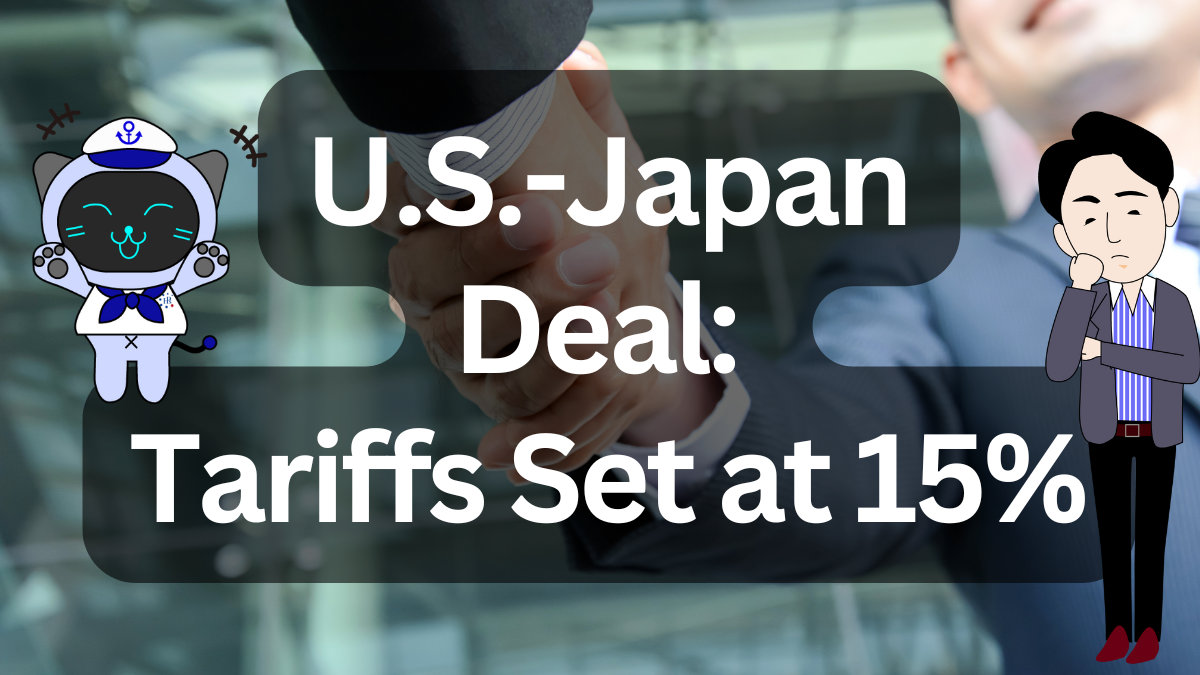
In this article, we explain the logistics impact of the US-Japan tariff agreement announced on July 22, 2025, in simple terms.
The key takeaway: The US auto tariffs on Japan were reduced from 25% to 15%.
This shift is expected to have a major effect on both automakers and logistics providers.
CONTENTS
From 25% to 15%: The Flow of Negotiations
Before the agreement, the US had imposed a 25% tariff on Japanese auto imports since April 2025.
Prior to that, tariffs had stood at just 2.5% until March.
Now:
The US and Japan agreed on a mutual tariff rate of 15%.
This 15% rate now applies to both automobiles and auto parts.
The announcement was made by President Trump via social media, quickly reaching the logistics industry.
Reactions from the Field
Shipping lines and forwarders have expressed relief:
・”This is a move in the right direction compared to 25%.”
・”We can now plan production and shipping more reliably.”
Shipments scheduled for July and August have proceeded as planned, with no major disruptions.
However, compared to the 2.5% in March, 15% remains a relatively high tariff.
There are concerns that price increases may suppress consumer demand and reduce shipping volume.
Impact on Supply Chain Restructuring
Given the recent tariff fluctuations, companies with production bases across Asia are adjusting shipment allocations.
One stakeholder commented: “The fixed 15% makes it easier to build our supply chain plans.”
Still, no drastic changes in sourcing or a surge in Japan-origin goods have been observed—many companies remain in a wait-and-see mode.
Future Outlook
As the year-end shopping season approaches, several factors will shape logistics:
・Will rising vehicle prices reduce consumer demand?
・Will urgent demand lead to increased air cargo shipments?
Auto parts and semiconductors may shift from sea to air freight depending on urgency.
Also, logistics strategies may differ depending on whether tariffs are paid by the exporter or importer.
Summary
What logistics firms fear most is tariff volatility.
The new “15% certainty” is a welcome relief.
Logistics and auto firms can now plan more securely—but trade policy can shift overnight.
Ongoing monitoring is essential.




